Disclosure: This article contains affiliate links. We may earn a commission from purchases at no extra cost to you, which helps our travel content.
The taxi driver looks at me quizzically when I tell him my destination. Garoua? Pourquoi? Why indeed. As the third-largest city in Cameroon's northern region, Garoua rarely makes it onto traveler itineraries, overshadowed by the country's coastal areas and wildlife reserves. But that's precisely why I'm here. After years of exploring urban spaces across five continents, I've developed a sixth sense for cities on the cusp of transformation – places where traditional lifestyles and modernization create a fascinating cultural tension. Garoua, straddling the banks of the mighty Bénoué River, is exactly such a place. What follows is my week-long immersion into this vibrant, complex urban landscape where Fulani, Hausa and other cultural influences blend beneath the shadows of the Mandara Mountains, creating an urban explorer's paradise far from the well-trodden tourist path.
First Impressions: Navigating Garoua's Urban Landscape
Arriving in Garoua during the Harmattan season is an experience for all senses. The dry, dusty wind carries fine particles from the Sahel, casting an ethereal filter over the city that softens edges and creates dramatic lighting conditions photographers dream about. I check into my modest guesthouse near the city center, a family-run establishment with peeling blue paint but impeccably clean rooms and a rooftop terrace that would become my morning ritual spot.
Garoua's layout reveals its colonial past and trading history. The administrative quarter with its French-influenced architecture sits distinctly apart from the sprawling markets and residential areas that pulse with local life. Unlike many African cities I've explored, Garoua feels manageable on foot, though the midday heat makes transportation essential.
I quickly learn that motorcycle taxis (known locally as bend-skins) are the lifeline of urban mobility here. For around 200-300 CFA (about 50 cents), these intrepid drivers navigate the labyrinthine streets with impressive skill. While not for the faint-hearted, they offer an authentic way to experience the city's rhythm. When venturing further afield, I rely on my compact binoculars to spot architectural details and observe daily life from a respectful distance.
What strikes me immediately is how the city seems to turn its face toward the Bénoué River, which splits Garoua into distinct sections. Bridges connect these areas physically, but each neighborhood maintains its own character – from the bustling commercial center to the quieter residential enclaves where traditional compounds still dominate.

💡 Pro Tips
- Learn basic French and Fulfulde greetings – they open doors and show respect
- Carry small denominations of CFA for bend-skin rides and market purchases
- Download maps.me before arrival as Google Maps coverage is limited in certain areas
The Grand Marché: Garoua's Commercial Heartbeat
If cities have hearts, Garoua's beats strongest at its Grand Marché. Unlike the tourist-oriented markets I've encountered across North Africa, this sprawling commercial hub exists purely for locals – making it both more challenging and infinitely more rewarding to navigate as a visitor. I arrive early, around 7 AM, when the temperature hovers at a manageable 24°C and vendors are still setting up their stalls.
The market follows a loose organizational logic: textiles and clothing occupy the eastern section, with stunning displays of both imported Chinese fabrics and locally-produced cotton. The northern area transforms into a cacophony of household goods, from hand-forged cooking implements to plastic imports. Food vendors cluster centrally, creating a sensory explosion of spices, fresh produce, and street food that evolves throughout the day.
What fascinates me most is how the market serves as both commercial space and social forum. Elderly men gather on plastic chairs near the tea sellers, debating politics and reminiscing while young apprentices mind their stalls. Women dominate certain sections, particularly the food areas, where complex trading networks become apparent if you observe long enough.
I spend hours photographing (always asking permission first) and chatting with vendors in my limited French, supplemented by gestures and smiles. My crossbody camera bag proves invaluable, allowing me to keep my camera secure yet accessible while navigating the crowded pathways.
One merchant, Amadou, specializes in traditional leather goods and proudly demonstrates how Fulani craftsmen create intricate patterns on camel-hide bags. When I purchase a small pouch, he insists on showing me the correct way to wear it – not as a souvenir, but as a functional item with specific cultural significance. These moments of connection transcend the commercial exchange, offering glimpses into Garoua's cultural fabric.
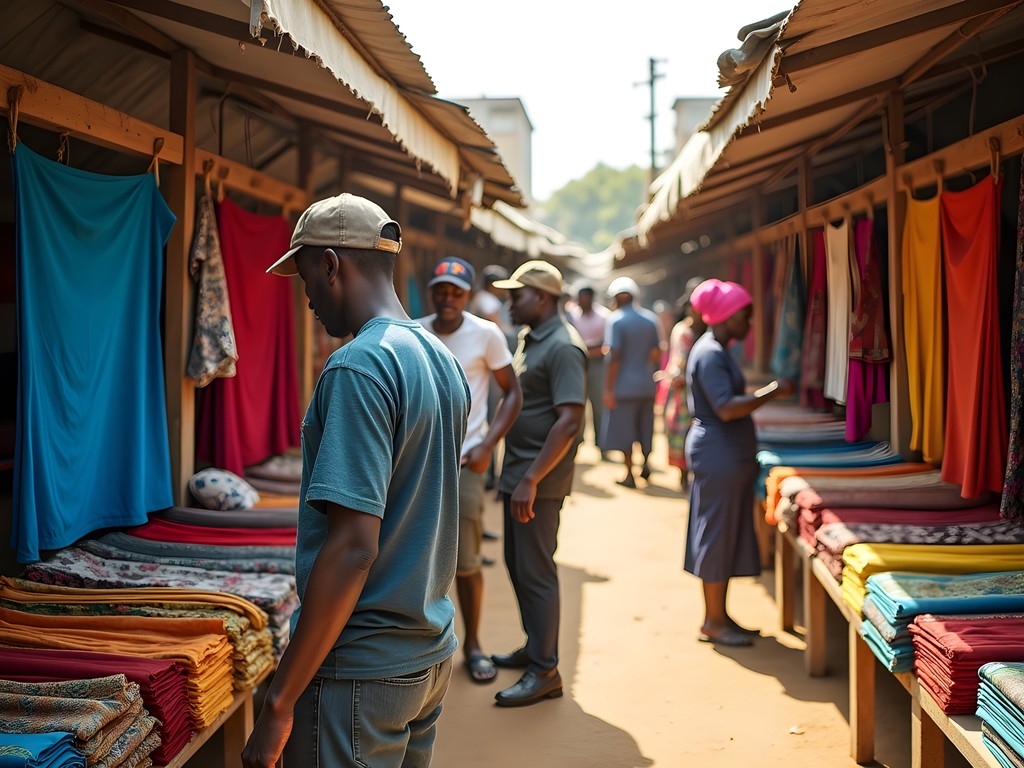
💡 Pro Tips
- Visit the market early morning or late afternoon to avoid peak heat
- Bring small denomination notes as change can be scarce
- Ask permission before photographing people or their goods
Architectural Contrasts: Colonial Legacy and Modern Development
My professional background in urban planning makes Garoua particularly fascinating as a case study in architectural evolution. The city wears its history in layers – from pre-colonial Fulani structures to French administrative buildings, and now contemporary construction that reflects China's growing influence across Africa.
I dedicate a full day to mapping these contrasts, starting in the administrative quarter where colonial-era buildings stand in various states of preservation. The former Résidence, now repurposed as government offices, maintains its imposing façade despite peeling paint and modernizations. Nearby, the old post office exemplifies the practical colonial style adapted to local climate – high ceilings, deep verandas, and strategic orientation to capture breezes.
Moving outward from the center, I explore residential neighborhoods where traditional compounds – rectangular arrangements of rooms around central courtyards – still dominate. These spaces reflect deep cultural values around family structure and privacy. What's remarkable is how residents have adapted these traditional forms to incorporate modern materials and amenities while preserving their essential layout.
The city's newer developments tell a different story. Chinese investment is visible in the concrete government buildings and infrastructure projects sprouting along main roads. The architectural language here is distinctly different – focused on rapid construction rather than climate adaptation or cultural continuity.
My most interesting discovery comes near the river, where several buildings incorporate what I'd call 'adaptive vernacular' – modern interpretations of traditional Fulani architectural elements. A recently constructed community center uses contemporary materials but incorporates the distinctive curved forms and ventilation techniques of regional architecture. These buildings point to a possible future where development doesn't simply replace local design wisdom but builds upon it.
Documenting these contrasts requires patience and proper equipment. My travel tripod proves essential for capturing architectural details in challenging lighting conditions, particularly during the golden hour when the Harmattan dust creates dramatic shadows across building façades.

💡 Pro Tips
- Visit administrative buildings early in the day when access is easier
- Respect privacy when photographing residential areas – always ask permission
- Look for architectural fusion points where traditional and modern elements merge
The Bénoué Riverfront: Garoua's Changing Waterscape
In every river city I've explored – from Brisbane to Budapest – the waterfront reveals the most about a city's relationship with its environment and economy. Garoua is no exception. The Bénoué River, a major tributary of the Niger, has shaped this settlement for centuries, and spending time along its banks offers insights no guidebook could provide.
I rise before dawn one morning to witness the river come alive. Fishermen push off in narrow wooden pirogues, their silhouettes dramatic against the pink-orange sunrise. Women arrive with large basins to wash clothing, creating informal social spaces where conversation flows as freely as the water. By mid-morning, sand harvesters appear – teams of young men who dive to collect river sand for Garoua's construction boom, loading their boats until they ride perilously low in the water.
The riverfront infrastructure tells its own story of economic transitions. Colonial-era concrete loading docks, once crucial for regional trade, now stand largely abandoned or repurposed. Newer Chinese-funded developments upstream signal shifting economic priorities. What remains constant is the river's role as public space – particularly evident in the evenings when temperatures drop and families promenade along certain stretches.
The most fascinating discovery comes from conversations with older riverside residents. They describe how the river's seasonal patterns have changed over decades – the floods less predictable, dry seasons more pronounced. Climate change narratives often focus on dramatic coastal events, but here in Garoua, the subtle shifts in river behavior are reshaping urban life in ways that demand creative adaptation.
Exploring the full riverfront requires both walking and water access. I arrange a boat tour with Ibrahim, a fisherman-turned-occasional-guide, who shows me sections of the river inaccessible by land. During our three-hour journey, I use my waterproof phone case to capture photos from water level – a perspective that reveals how thoroughly the city's development patterns are influenced by its relationship with the river.
The Bénoué isn't just Garoua's geographic feature; it's the living timeline of the city's past and a barometer for its future challenges. As climate patterns shift and urban development accelerates, how this relationship evolves will determine much about Garoua's sustainability.
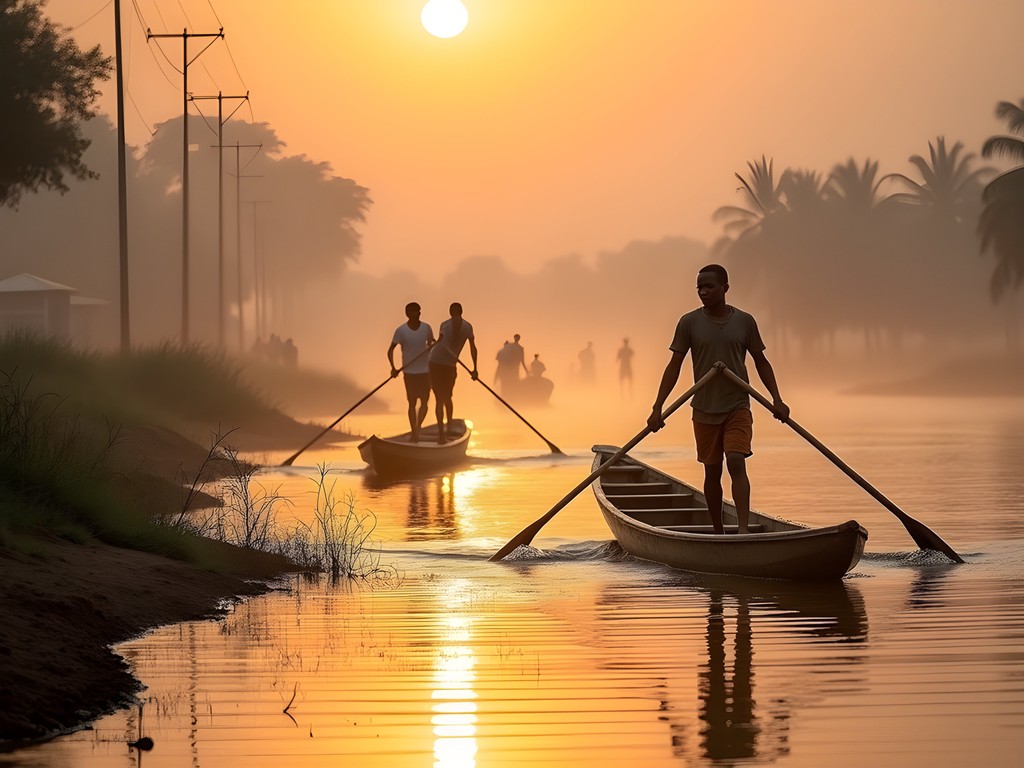
💡 Pro Tips
- Arrange boat tours early morning or late afternoon for the best light and cooler temperatures
- Bring water and sun protection – there's limited shade along many riverfront areas
- Respect washing and fishing areas which are working spaces, not tourist attractions
Cultural Crossroads: Navigating Garoua's Religious and Ethnic Diversity
Garoua sits at a fascinating cultural crossroads where the predominantly Muslim north meets influences from Cameroon's Christian south. This position makes it an ideal laboratory for understanding how urban spaces accommodate religious and ethnic diversity – something I've studied across multiple continents.
The city's mosques serve as both religious and social anchors. The Grand Mosque near the market stands as the most prominent architectural statement, but I'm equally drawn to the smaller neighborhood mosques where daily life revolves around prayer times. During Friday prayers, the streets near these spiritual centers transform as worshippers spill outside on colorful prayer mats. As a respectful observer, I maintain distance during these times, using my zoom lens to document these community gatherings without intruding.
Christian churches occupy less visible but still significant spaces in Garoua's urban fabric. The Catholic mission, established during the colonial period, maintains schools and medical facilities that serve the broader community regardless of faith. Newer Pentecostal churches operate from converted storefronts, their presence marked more by sound than architecture as worship services fill streets with music.
What's most remarkable is how these distinct religious communities share urban space. Markets, transportation hubs, and administrative areas function as neutral zones where pragmatic coexistence trumps difference. I witness Muslims and Christians negotiating business deals, sharing taxis, and participating in civic activities with a matter-of-factness that belies simplistic narratives about religious tension.
Ethnic diversity adds another layer of complexity. Garoua's population includes Fulani, Hausa, Kanuri, and other northern groups, each maintaining distinct cultural practices while participating in shared urban life. Traditional leaders – particularly Fulani lamidos (chiefs) – still command significant respect, operating parallel governance systems alongside official government structures.
I'm fortunate to witness a small traditional ceremony when a neighborhood celebrates the appointment of a new quarter chief. The event blends formal protocols with community celebration – speeches and presentations of symbolic items followed by shared meals and music. What strikes me most is how young people participate, simultaneously engaged with smartphones and traditional practices, navigating multiple identities with apparent ease.
These observations challenge the binary thinking that often frames discussions about tradition versus modernity in African cities. In Garoua, I see not opposition but integration – people actively selecting elements from both worlds to create functional, meaningful urban lives.
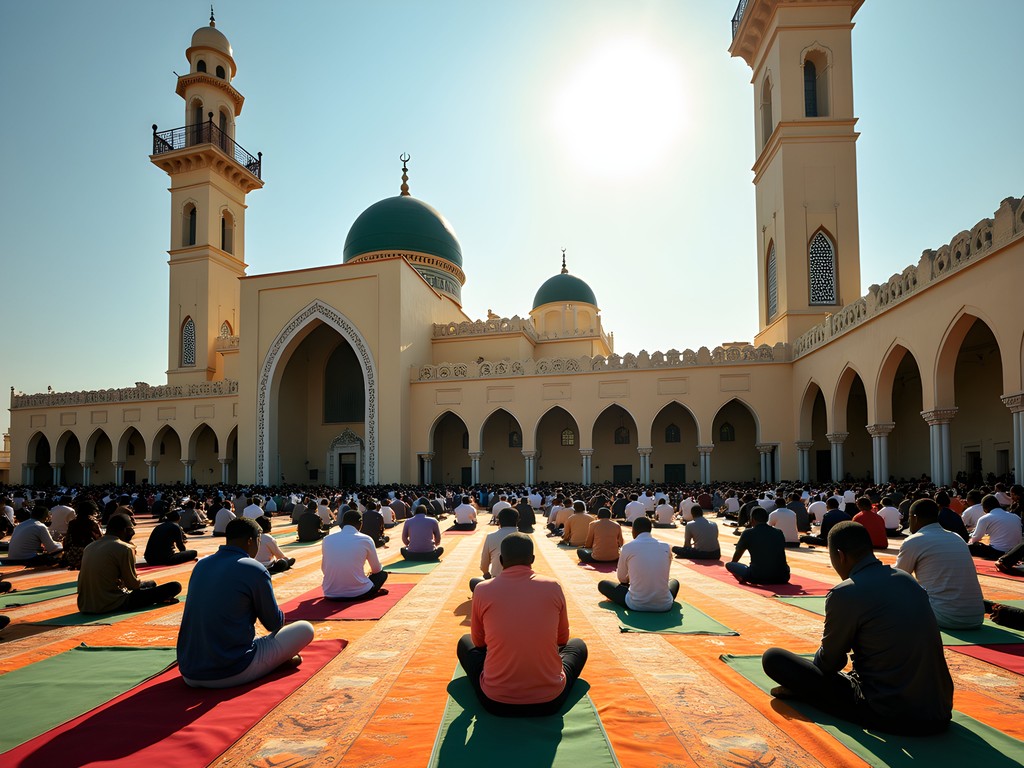
💡 Pro Tips
- Dress modestly when visiting religious sites – covered shoulders and knees for all genders
- Ask permission before entering mosques; some welcome respectful visitors while others don't
- Learn basic greetings in both French and Fulfulde to show respect for local cultures
Practical Survival Guide for the Independent Explorer
Garoua demands a different approach than mainstream tourist destinations. After a week navigating its complexities, I've developed strategies that might help fellow independent explorers make the most of this fascinating city.
Accommodation options are limited but sufficient. The Hotel Bénoué, a relic from the colonial era, offers the most comfortable rooms but at prices that seem disconnected from local economy (around 40,000 CFA or $70 USD nightly). I opted instead for Auberge du Voyageur, a family-run guesthouse where basic but clean rooms with fans cost 12,000 CFA (about $20 USD). What it lacks in amenities, it makes up for in location and authentic local atmosphere.
Internet connectivity proves surprisingly decent in Garoua, though power outages are common. Local SIM cards from MTN or Orange are essential and inexpensive – about 2,000 CFA ($3.50 USD) gets you a SIM with basic data. I recommend purchasing these at official company shops rather than street vendors to ensure proper registration.
Food safety requires common sense rather than paranoia. The market offers incredible fresh produce, and small restaurants (often just a few plastic tables outside someone's home) serve delicious local dishes. My staples became ndolé (bitter leaf stew), poulet DG (chicken with plantains), and various grilled fish dishes. Street food, particularly brochettes (meat skewers) and bean fritters, provide quick, tasty fuel for urban exploration. I always carry my water purification bottle to ensure safe drinking water without generating plastic waste.
Navigating Garoua's social landscape requires awareness of cultural and religious norms. During my visit in the winter dry season, daytime temperatures regularly exceeded 35°C, yet I maintained modest dress out of respect – lightweight long trousers and breathable long-sleeved shirts. For women travelers, slightly more conservative dress is advisable, though full covering isn't necessary outside religious sites.
Safety in Garoua presented fewer concerns than in larger Cameroonian cities like Douala. Basic precautions suffice: avoid displaying expensive items, use registered taxis for night journeys, and keep emergency contacts handy. The most persistent issue is petty officials occasionally seeking 'fees' – a firm but respectful demeanor usually resolves these situations without payment.

💡 Pro Tips
- Carry a photocopy of your passport and visa rather than the originals when moving around the city
- Learn to recognize the difference between official fees and unofficial 'requests' – ask for receipts when in doubt
- Build relationships with your accommodation staff – they're your best resource for local information and problem-solving
Final Thoughts
As my week in Garoua draws to a close, I find myself reflecting on the privilege of experiencing a city that exists for its residents rather than tourists. There's something profoundly educational about navigating spaces not curated for outside consumption – it demands more effort but delivers deeper insights. Garoua won't appear on 'must-visit' lists anytime soon, and perhaps that's its greatest strength. For the urban explorer willing to embrace discomfort and ambiguity, this northern Cameroonian city offers a masterclass in how communities navigate tradition and change, creating vibrant urban life in challenging circumstances. As I board my bus south toward Ngaoundéré, I carry with me not just photographs and notes, but a recalibrated understanding of what makes urban spaces work. Sometimes the most valuable travel experiences come from cities that never expected your visit in the first place.
✨ Key Takeaways
- Garoua offers authentic urban exploration opportunities far from typical tourism circuits
- The city's position at cultural and religious crossroads creates unique social dynamics worth experiencing
- Winter visits (November-February) provide the most comfortable climate despite Harmattan dust
- Building local connections transforms the experience from observation to participation
📋 Practical Information
Best Time to Visit
November to February (dry season)
Budget Estimate
$30-50 USD daily for mid-range travel
Recommended Duration
4-7 days
Difficulty Level
Challenging
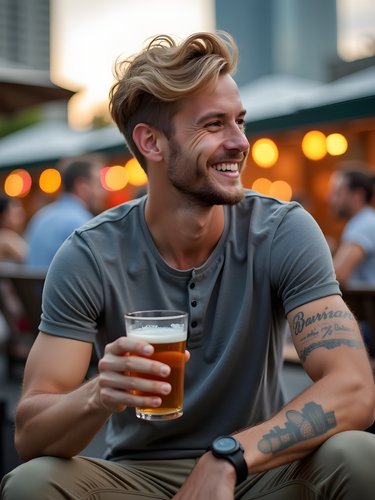

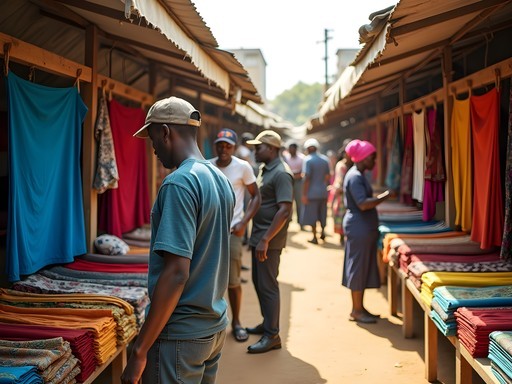
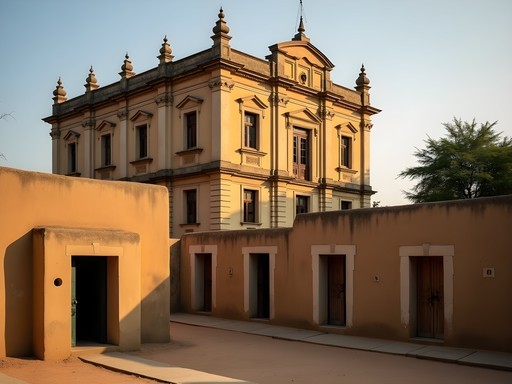
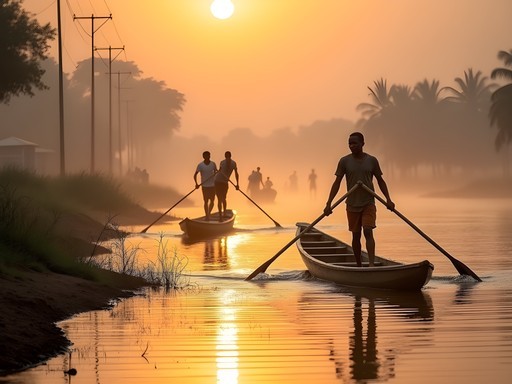

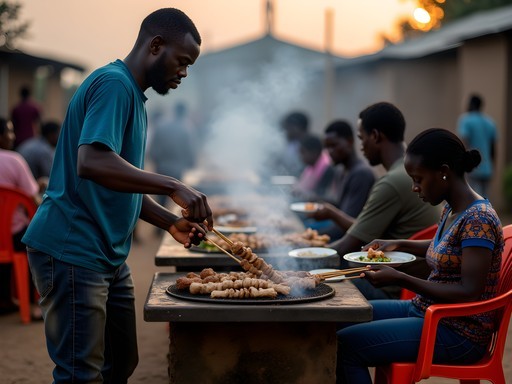







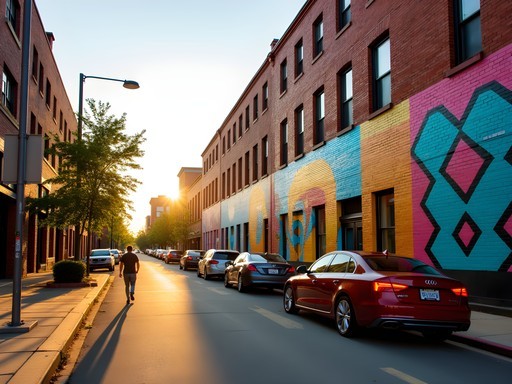
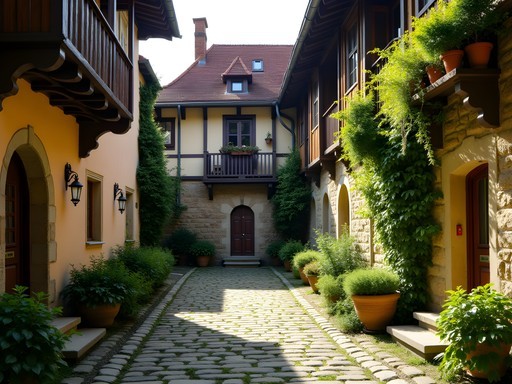
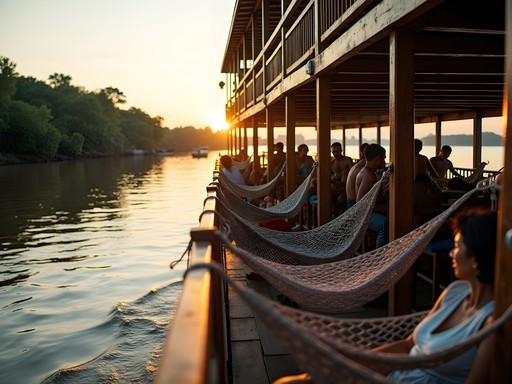
Comments
Savannah Torres
Jerry, this brings back memories! We visited Cameroon two years ago with our kids (though we only made it as far north as Ngaoundéré). The cultural contrasts in this country are incredible. My 10-year-old still talks about the man we met who showed us how to weave traditional baskets. For families considering Cameroon, I'd suggest starting in the south and working your way up gradually - helps everyone adjust to the changing landscapes and cultures. Did you notice many other travelers in Garoua?
Claire Hawkins
Your post brings back such vivid memories! We visited Garoua with our kids (8 and 10) last year as part of our Cameroon family adventure, and it was such a refreshing break from the typical tourist circuit. The Grand Marché was a highlight for us too - my children were fascinated by the textile vendors and the colorful fabrics. We spent an afternoon by the Bénoué River watching the fishing boats and even took a short boat ride which the kids still talk about. The street food scene was incredible - those grilled fish with piment sauce! Did you try the local millet beer? My husband became quite a fan. For families considering Garoua, I'd say it offers a wonderful window into everyday Cameroonian life that you just don't get in the more touristy areas.
wanderexplorer
Claire, did you find it easy to get around with kids? I'm planning a trip with my 9-year-old and wondering about transportation options.
vacationguy
WOW! Never even heard of Garoua before but now I'm intrigued!! That mix of colonial and modern architecture sounds fascinating. Adding this to my someday list for sure! Thanks for shining light on these hidden gems!
adventureguy
Those market photos are incredible! The colors!
luckymaster
How was safety in Garoua? I've heard mixed things about northern Cameroon. Any issues with transportation or communication?
Jerry Kelley
Great question. I felt safe in Garoua itself, but I did avoid traveling near the borders. Language was sometimes challenging - French helps a lot, and I used my translation app constantly. Transportation was mostly shared taxis within the city, which were crowded but reliable.
luckymaster
Thanks for the insight! Been thinking about a West/Central Africa trip and trying to figure out which places to include.
explorerider
Love seeing posts about places that aren't on everyone's radar! Great photos of the market.
starchamp7690
Finally a post about Garoua! I spent 3 weeks in northern Cameroon last year and totally agree it's overlooked. The Grand Marché was my favorite spot too - I bought this amazing handwoven blanket there that I still use. Did you try the street food near the market? Those grilled fish with plantains were something else. The river area was much quieter when I visited, sounds like they're developing it more now.
Jerry Kelley
Thanks for reading! Yes, the riverfront has several new construction projects happening. And those grilled fish - absolutely delicious! Did you make it to any of the villages outside the city?
starchamp7690
I visited a small village about 20km outside Garoua where they were known for pottery. Fascinating to watch the artisans work! Wish I could remember the name of it now.
photoclimber3252
This is exactly the kind of hidden gem I love reading about! How safe did you feel wandering around Garoua? I'm considering northern Cameroon for next year.
Jerry Kelley
I felt quite safe during daytime hours in the central areas! Like most urban centers, just use common sense after dark. The locals were incredibly welcoming.
photoclimber3252
Thanks for the quick reply! That's reassuring to hear.
Frank Garcia
Jerry, this is an excellent breakdown of Garoua. I appreciate how you've highlighted both the colonial architectural remnants and the contemporary development. I was in Maroua last year researching the historical trade routes between Cameroon and Chad, and found the cultural intersections fascinating. The urban fabric in northern Cameroonian cities tells such a complex story. Did you notice how the French colonial buildings are being repurposed? In Maroua, many have become government offices or high-end shops. Your observation about Garoua existing 'for residents rather than tourists' is spot on - it's the authenticity that makes these places so compelling for travelers willing to step outside comfort zones. Great documentation of a rarely-covered destination.
Jerry Kelley
Frank - yes! The repurposing was fascinating. There was one former administrative building that's now a community center with a mix of government offices and small businesses. The adaptation while maintaining architectural elements was impressive. I'd love to hear more about your research on the trade routes sometime.
skymaster
Those river sunset shots are amazing! Did you find it difficult to communicate there? My French is super rusty.
Jerry Kelley
Thanks! Basic French definitely helped, but I got by with a mix of French, English, and a lot of hand gestures. I'd recommend having phrase book handy though - it saved me several times when ordering food!
Venture X
Premium card with 2X miles, $300 travel credit, Priority Pass